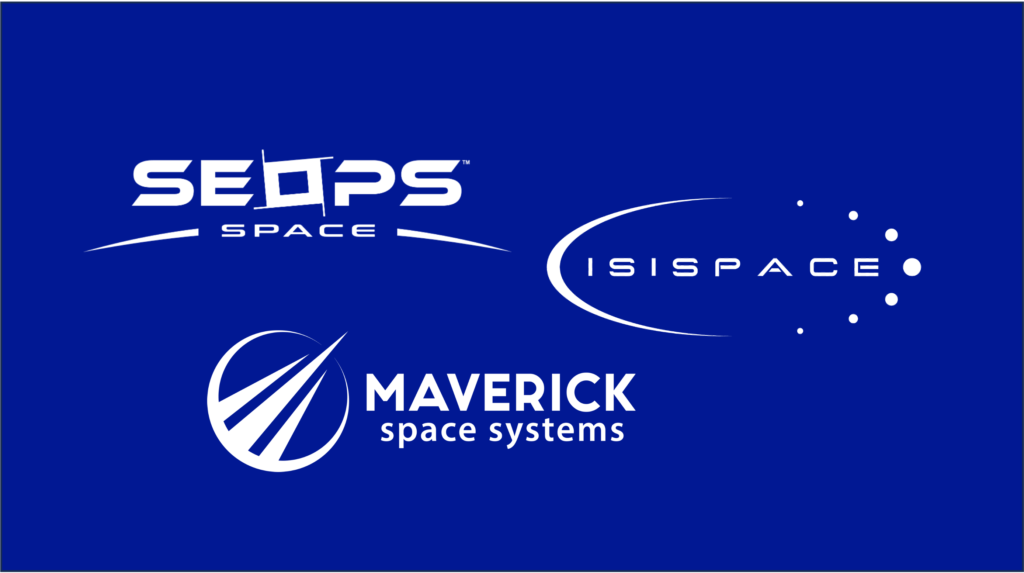Insider Brief
- K2 Space has secured a $60 million contract with the U.S. Space Force to launch its first Mega Class satellite, part of a mission code-named “Gravitas.”
- This mission, scheduled for February 2026, aims to demonstrate the satellite’s ability to operate across various orbital regimes, including Low Earth Orbit and Medium Earth Orbit.
- The mission received funding through a combination of government contributions, Small Business Innovation Research (SBIR) matching funds, and private investment.
K2 Space announced it has secured a $60 million contract with the U.S. Space Force to launch its first Mega Class satellite, part of a mission code-named “Gravitas.” This mission, scheduled for February 2026, aims to demonstrate the satellite’s ability to operate across various orbital regimes, including Low Earth Orbit (LEO) and Medium Earth Orbit (MEO).
The mission received funding through a combination of government contributions, Small Business Innovation Research (SBIR) matching funds, and private investment. Multiple organizations within the Department of the Air Force are backing the effort, including the Space Development Agency, the Space Warfighting Acquisition Delta, and the Air Force Research Laboratory.
A New Approach to Satellite Design
K2 Space’s Mega Class satellite bus introduces a significant leap in satellite technology. With a 3-meter by 3-meter payload deck and 10 times the power of other low-cost satellite platforms, the bus is built for versatility. It is designed for multi-orbit functionality, capable of operating in LEO, MEO, Geosynchronous Orbit (GEO), and even Cislunar space.
The platform also allows for efficient deployment, stacking up to 10 Mega Class satellites per launch vehicle for LEO missions. This design enables faster and more cost-effective constellation deployments, addressing critical gaps in proliferated MEO and GEO architectures.
Manufacturing and Propulsion Innovations
To meet its performance and cost targets, K2 Space produces 75% of the satellite components in-house. This includes key systems such as reaction wheels, flight computers, and solar arrays. The company is also developing a 20kW electric propulsion system, which is four times more powerful than existing systems. This advanced propulsion capability will facilitate rapid orbit-raising and maneuvering, supporting both government and commercial missions.
Mission Objectives
The Gravitas mission aims to validate the Mega Class bus’s performance and versatility. Key objectives include extended operations in both LEO and MEO, orbit-raising demonstrations, and the integration of multiple national security payloads. The timeline includes:
- Payload Integration: May 2025
- Qualification Testing: June to September 2025
- Launch: February 2026
CEO Karan Kunjur highlighted the mission’s potential impact: “Delivering the capabilities we promise at a price point of $15M per satellite has been met with skepticism. Gravitas will turn these promises into proof points.”
Implications for the Space Industry
The Gravitas mission positions K2 Space as a key player in the evolving space ecosystem. By addressing the growing demand for capabilities beyond LEO, the company supports the U.S. Space Force’s vision for resilient, hybrid space architectures. The demonstration also underscores the strategic importance of MEO for both government and commercial stakeholders.
With the Mega Class satellite bus, K2 Space aims to redefine satellite capabilities and deployment strategies, paving the way for more flexible and scalable space operations.
Image credit: K2 Space
Share this article:










